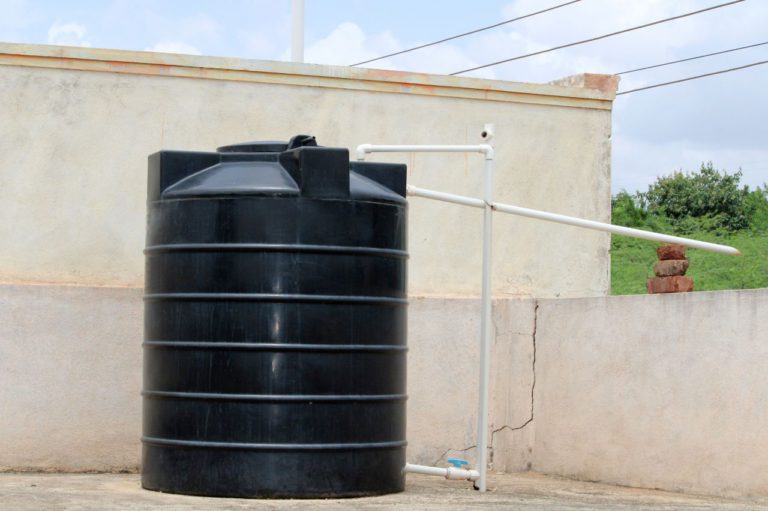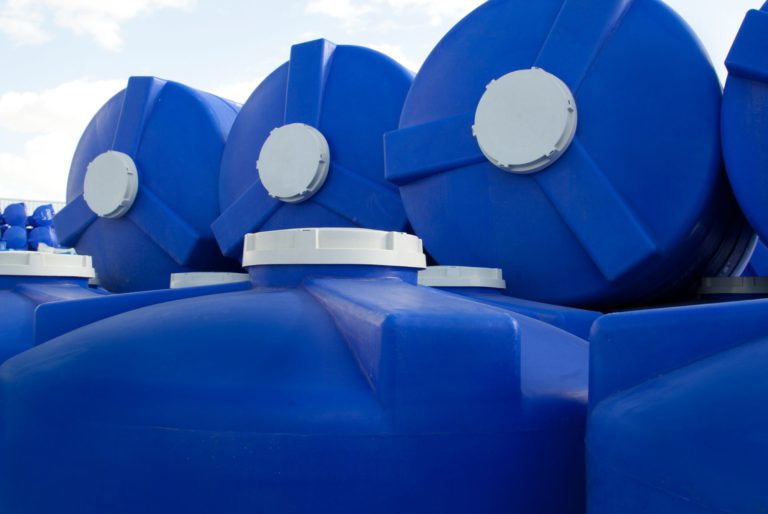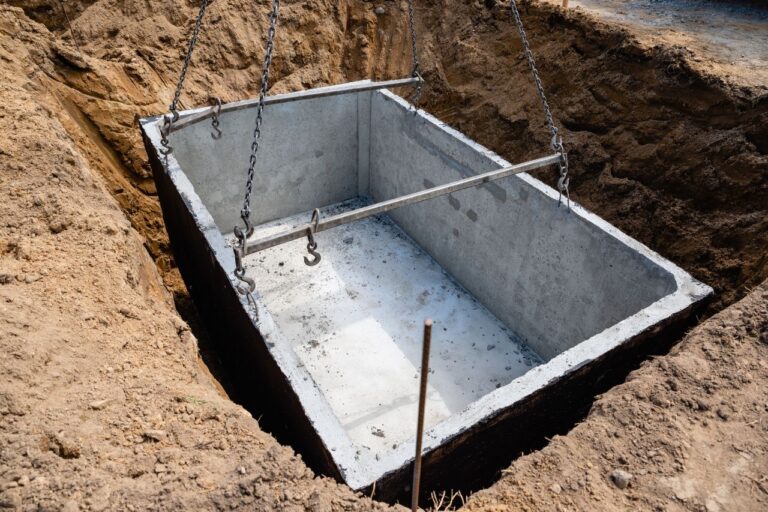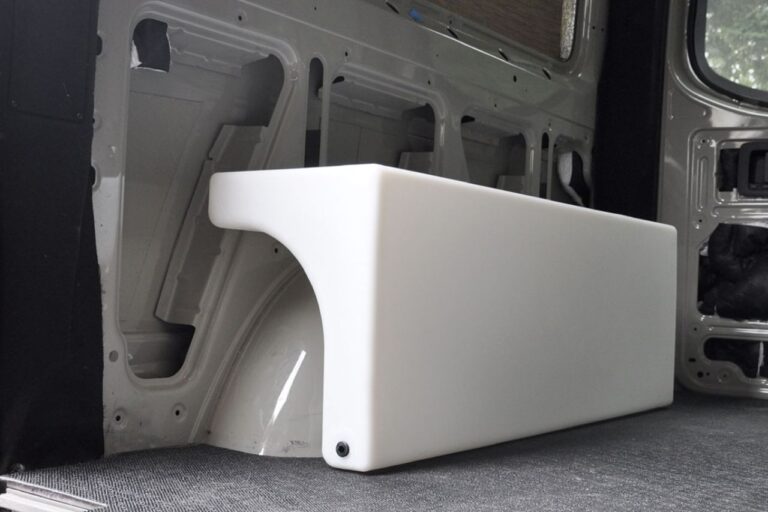Bladder Tank vs Pressure Tank: What’s the Difference?
Selecting the right water tank is crucial for meeting your water needs.
Bladder tanks and pressure tanks are two popular options with unique advantages.
Bladder tanks are compact and flexible, perfect for small spaces.
They store water in a flexible bladder that expands as the tank fills up.
On the other hand, pressure tanks use compressed air to maintain water pressure.
They are durable and can handle high-volume water demands.
In this article, we’ll explore the differences between bladder tanks and pressure tanks to help you choose the best option for your water storage needs.
Understanding these tank types will ensure you have a reliable and efficient water storage solution, whether you’re a homeowner or a business owner.
Understanding Bladder Tanks
Bladder tanks are a popular choice for those looking for a flexible and space-saving water storage solution.

These tanks consist of a flexible bladder made of high-quality materials such as reinforced rubber or PVC.
The bladder is enclosed within a rigid outer shell, providing stability and protection.
One of the key advantages of bladder tanks is their flexibility.
The bladder expands as the tank fills up, allowing it to store larger volumes of water without taking up additional space.
This makes bladder tanks particularly useful in areas where space is limited, such as small homes, apartments, or commercial buildings.
Another benefit of bladder tanks is their lightweight construction.
Unlike traditional tanks, which can be heavy and difficult to maneuver, bladder tanks are easy to transport and install.
This makes them a convenient option for those who need a portable water storage solution or plan to move their tank in the future.
However, bladder tanks also have some limitations.
They are more prone to wear and tear compared to pressure tanks, as the flexible bladder can be susceptible to punctures or damage from sharp objects.
Additionally, bladder tanks may require periodic maintenance to ensure the bladder remains in good condition and does not develop leaks.
Pros and Cons of Bladder Tanks
Pros:
- Flexible and compact design, ideal for small spaces
- Lightweight and easy to transport and install
- Can store larger volumes of water without taking up additional space
- Suitable for portable water storage solutions
Affordable option compared to some other tank types
Cons:
- More prone to wear and tear compared to pressure tanks
- Susceptible to punctures or damage from sharp objects
- Requires periodic maintenance to ensure bladder remains in good condition
- May develop leaks over time, requiring repairs or replacement
- Limited lifespan compared to some other tank types
Understanding Pressure Tanks
Pressure tanks, also known as well tanks or diaphragm tanks, are designed to provide consistent water pressure for various applications.
These tanks utilize compressed air to maintain water pressure, ensuring a steady flow of water throughout the system.
The construction of pressure tanks is more robust compared to bladder tanks.
They typically consist of a steel or fiberglass tank with a diaphragm or bladder inside.
The diaphragm or bladder separates the water and air, preventing them from mixing and maintaining water pressure.
One of the main advantages of pressure tanks is their durability.
The sturdy construction and materials used in pressure tanks make them less susceptible to damage compared to bladder tanks.
They can withstand high-pressure environments and are suitable for applications with high-volume water demands, such as large households or commercial buildings.
Additionally, pressure tanks require less maintenance compared to bladder tanks.
The lack of a flexible bladder means fewer chances of leaks or punctures, reducing the need for repairs or replacements.
Pressure tanks are also known for their longer lifespan, making them a cost-effective choice in the long run.
However, pressure tanks are generally larger and heavier compared to bladder tanks, which can make them more challenging to transport and install.
They also require proper installation and adjustment to ensure optimal performance, which may require professional assistance.
Pros and Cons of Pressure Tanks
Pros:
- Durable construction, suitable for high-pressure environments
- Can handle high-volume water demands
- Less prone to damage compared to bladder tanks
- Require less maintenance and have a longer lifespan
- Provide consistent water pressure throughout the system
Cons:
- Larger and heavier compared to bladder tanks
- Challenging to transport and install
- Proper installation and adjustment may require professional assistance
- More expensive upfront cost compared to bladder tanks
- Limited flexibility compared to bladder tanks
Factors to Consider when Choosing between Bladder Tanks and Pressure Tanks
When deciding between bladder tanks and pressure tanks, there are several factors you should consider to ensure you choose the best option for your water storage needs.
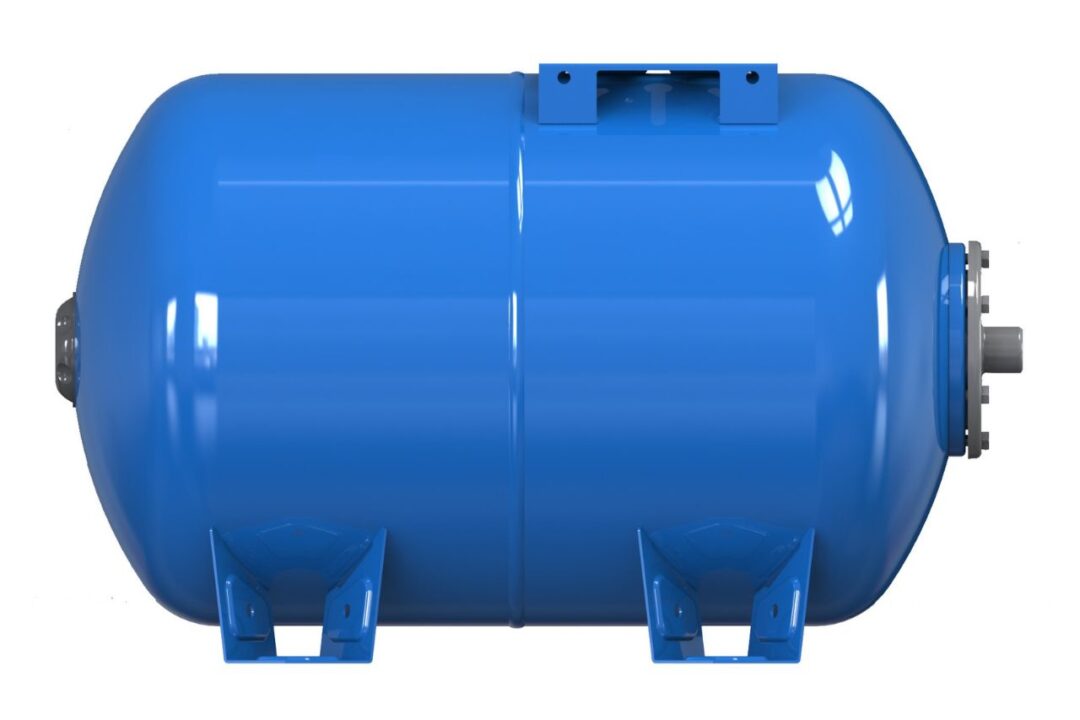
1. Available Space: Assess the available space where you plan to install the tank. If you have limited space, a bladder tank may be a better choice due to its flexible and compact design.
2. Water Demand: Consider your water usage and determine if you have high-volume water demands. If so, a pressure tank may be more suitable as it can handle larger volumes of water and provide consistent water pressure.
3. Durability: Evaluate the durability of the tank and its ability to withstand potential damage. If you are concerned about wear and tear, a pressure tank may be a more robust option.
4. Maintenance: Consider the level of maintenance required for each tank type. Bladder tanks may require periodic maintenance to ensure the bladder remains in good condition, while pressure tanks generally require less maintenance.
5. Cost: Compare the upfront cost of each tank type, as well as any potential long-term costs associated with maintenance or repairs. Bladder tanks are often more affordable upfront, but pressure tanks may offer better value over time due to their longer lifespan.
By considering these factors, you can make an informed decision that aligns with your specific water storage needs.
Common Uses for Bladder Tanks
Bladder tanks have a wide range of applications and are suitable for various uses. Some common uses for bladder tanks include:
1. Residential water storage in small homes or apartments with limited space.
2. Backup water supply during emergencies or power outages.
3. Water storage for recreational vehicles (RVs), boats, or camping trips.
4. Irrigation systems in gardens or small agricultural setups.
5. Rainwater harvesting systems for eco-friendly water conservation.
Bladder tanks are versatile and can be adapted to different scenarios, making them a popular choice for individuals and businesses alike.
Common Uses for Pressure Tanks
Pressure tanks are commonly used in applications that require consistent water pressure. Some common uses for pressure tanks include:
1. Residential water supply systems, ensuring a steady flow of water throughout the house.
2. Commercial buildings with high-volume water demands, such as hotels, restaurants, or manufacturing facilities.
3. Agricultural irrigation systems, providing reliable water pressure for crop irrigation.
4. Fire suppression systems, ensuring an adequate water supply for firefighting purposes.
5. Municipal water supply systems, maintaining water pressure in distribution networks.
Pressure tanks are essential for applications where maintaining consistent water pressure is critical for optimal performance.
Cost Comparison between Bladder Tanks and Pressure Tanks
When considering the cost of bladder tanks and pressure tanks, it is essential to evaluate both the upfront cost and any potential long-term expenses.
Bladder tanks are generally more affordable upfront compared to pressure tanks.
They are often made from less expensive materials and have a simpler design.
However, bladder tanks may require periodic maintenance or repairs, which can incur additional costs over time.
Pressure tanks, on the other hand, have a higher upfront cost due to their more robust construction and materials.
However, pressure tanks generally require less maintenance and have a longer lifespan, which can result in lower long-term expenses.
It is important to consider your budget and long-term goals when choosing between bladder tanks and pressure tanks.
Assess the total cost of ownership, including installation, maintenance, and potential repairs, to make an informed decision.
Maintenance and Troubleshooting Tips for Bladder Tanks and Pressure Tanks
Proper maintenance is essential to ensure the longevity and performance of both bladder tanks and pressure tanks. Here are some maintenance and troubleshooting tips for each tank type:
Bladder Tanks:
1. Regularly inspect the bladder for any signs of wear, leaks, or punctures.
2. Keep the tank clean and free from debris to prevent damage to the bladder.
3. Check the pressure gauge and adjust the water pressure if necessary.
4. Follow the manufacturer’s guidelines for draining and refilling the tank.
5. If you notice any issues, such as reduced water pressure or leaks, contact a professional for inspection and repairs.
Pressure Tanks:
1. Regularly check the air pressure in the tank using a tire pressure gauge.
2. Inspect the tank for any signs of corrosion or damage to the diaphragm or bladder.
3. Clean the tank regularly to remove any sediment or debris that may affect performance.
4. Ensure the tank is properly installed and adjusted according to the manufacturer’s instructions.
5. If you experience any issues, such as inconsistent water pressure or unusual noises, consult a professional for diagnosis and repairs.
By following these maintenance tips, you can ensure your bladder tank or pressure tank remains in optimal condition and provides reliable water storage and pressure.
Conclusion: Making the Best Choice for Your Water Storage Needs
Choosing the best tank for your water needs is a crucial decision that requires careful consideration.
Bladder tanks and pressure tanks offer unique advantages and considerations, making them suitable for different scenarios.
Bladder tanks are flexible, compact, and affordable, making them ideal for small spaces or portable water storage solutions.
However, they may require periodic maintenance and have a limited lifespan compared to pressure tanks.
Pressure tanks, on the other hand, are durable, can handle high-volume water demands, and require less maintenance.
They have a higher upfront cost but offer better value in the long run due to their longer lifespan.
When deciding between bladder tanks and pressure tanks, consider factors such as available space, water demand, durability, maintenance, and cost.
By evaluating these factors, you can make an informed decision that aligns with your specific water storage needs.
Whether you choose a bladder tank or a pressure tank, ensure that you follow proper maintenance guidelines to maximize the lifespan and performance of your chosen tank.
Regular inspections, cleaning, and professional assistance when needed will help you maintain a reliable and efficient water storage solution.
Remember, selecting the right tank is essential for meeting your water needs, and with the information provided in this article, you can make a well-informed decision that ensures you have a dependable water storage solution for your home or business.


